2009 Chevrolet Traverse Brake Rotors and Pads
Click here to search another vehicle
All Rotors:
OEM x
Coated x
Drilled, Slotted and Coated x
Front x
Rear x
All Pads:
Ceramic x
Semi-metallic x
Front x
Rear x
Found 12 record
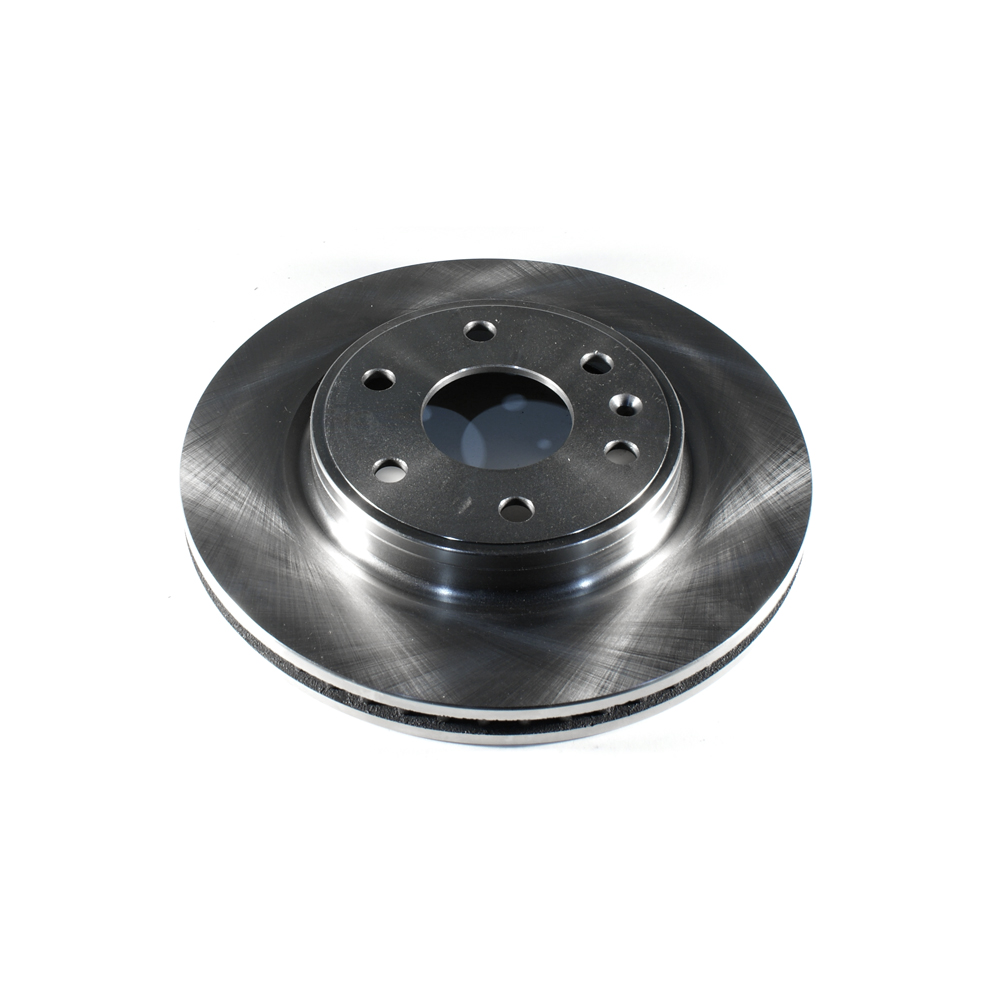
Part No: BR55150
Raybestos: 580560
OE: 10390111
Raybestos: 580560
OE: 10390111
$53.75 each
Per Car QTY: 2
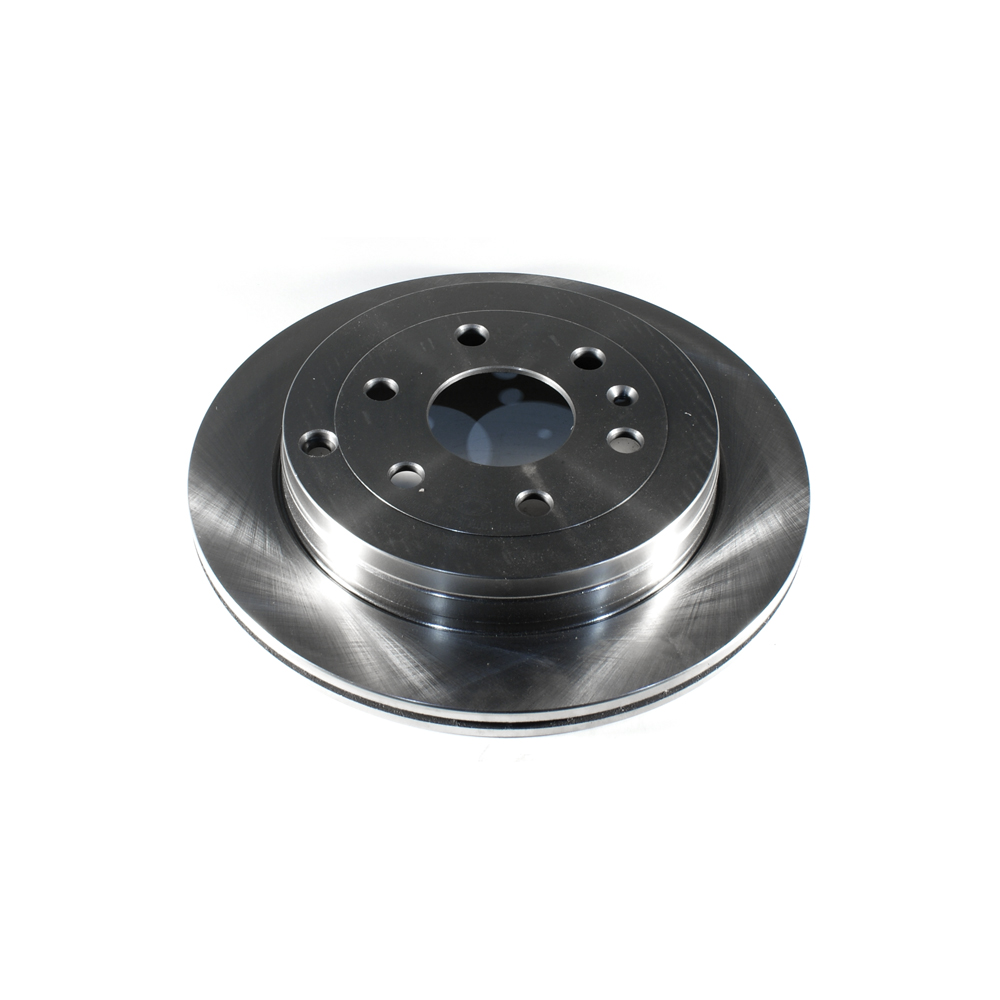
Part No: BR55151
Raybestos: 580569
OE: 10391043
Raybestos: 580569
OE: 10391043
$51.46 each
Per Car QTY: 2
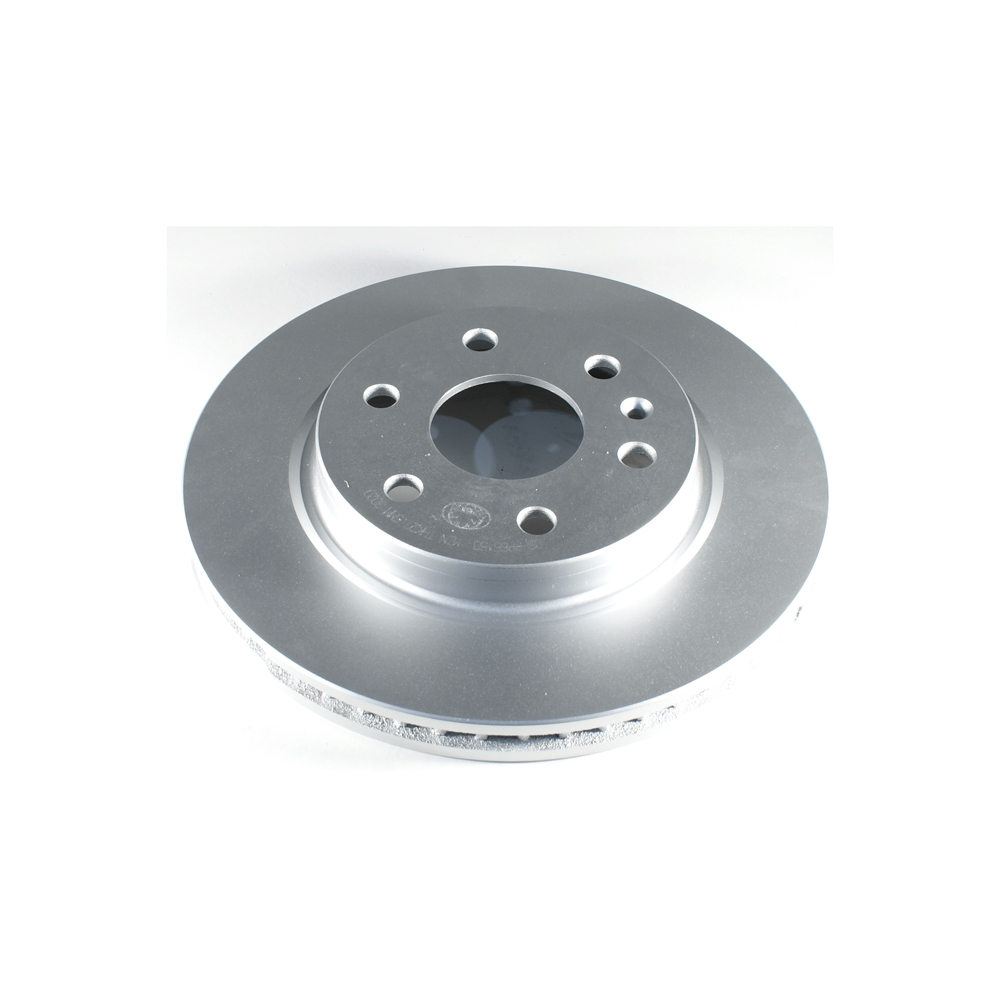
Part No: PP55150
Raybestos: 580560
OE: 10390111
Raybestos: 580560
OE: 10390111
$72.23 each
Per Car QTY: 2
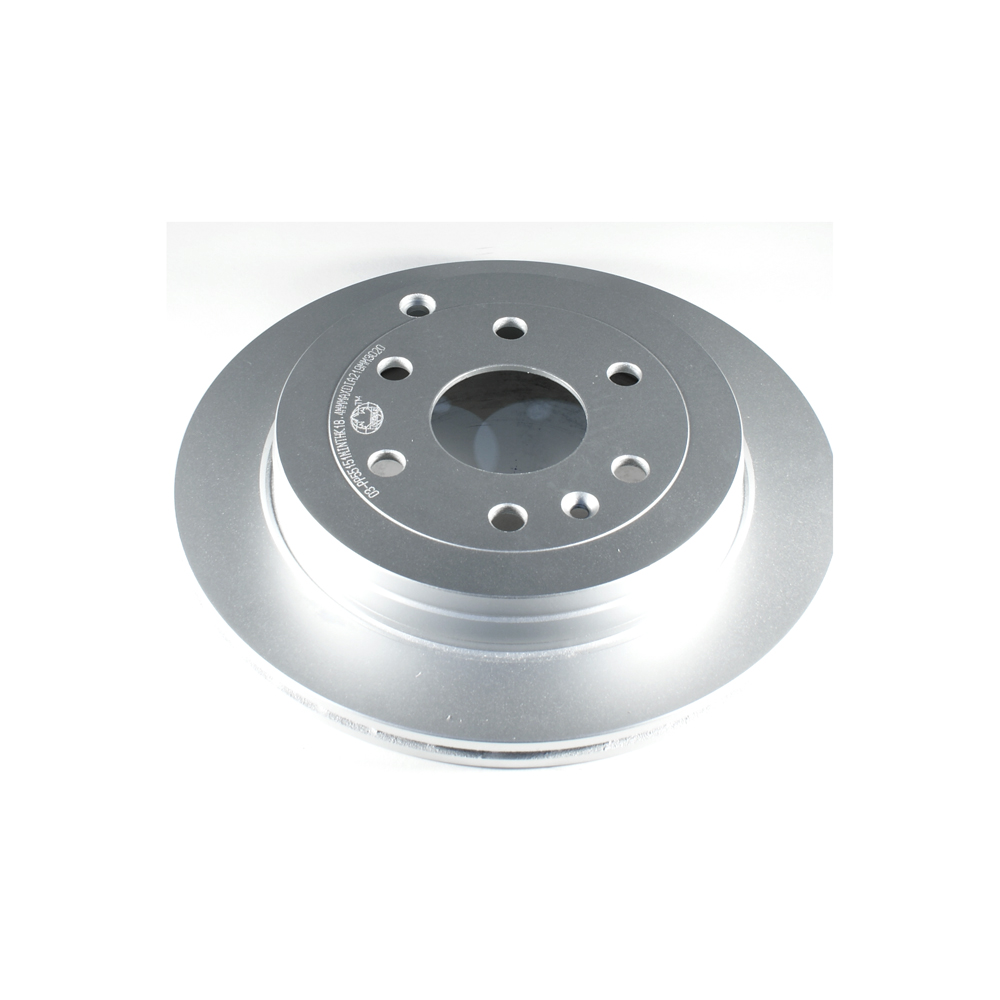
Part No: PP55151
Raybestos: 580569
OE: 10391043
Raybestos: 580569
OE: 10391043
$70.43 each
Per Car QTY: 2
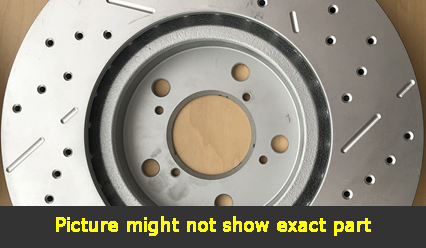
Part No: SP55150L
Raybestos: 580560
OE: 10390111
Raybestos: 580560
OE: 10390111
$108.68 each
Per Car QTY: 1
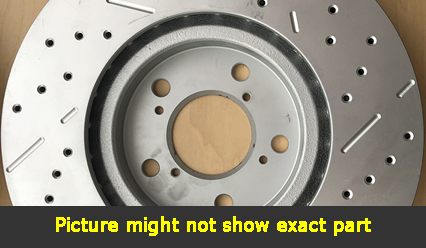
Part No: SP55150R
Raybestos: 580560
OE: 10390111
Raybestos: 580560
OE: 10390111
$108.68 each
Per Car QTY: 1
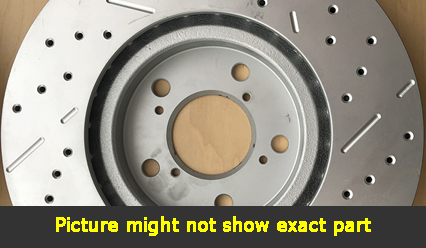
Part No: SP55151L
Raybestos: 580569
OE: 10391043
Raybestos: 580569
OE: 10391043
$106.88 each
Per Car QTY: 1
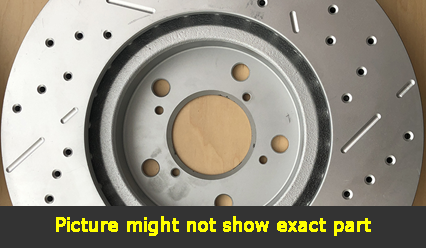
Part No: SP55151R
Raybestos: 580569
OE: 10391043
Raybestos: 580569
OE: 10391043
$106.88 each
Per Car QTY: 1
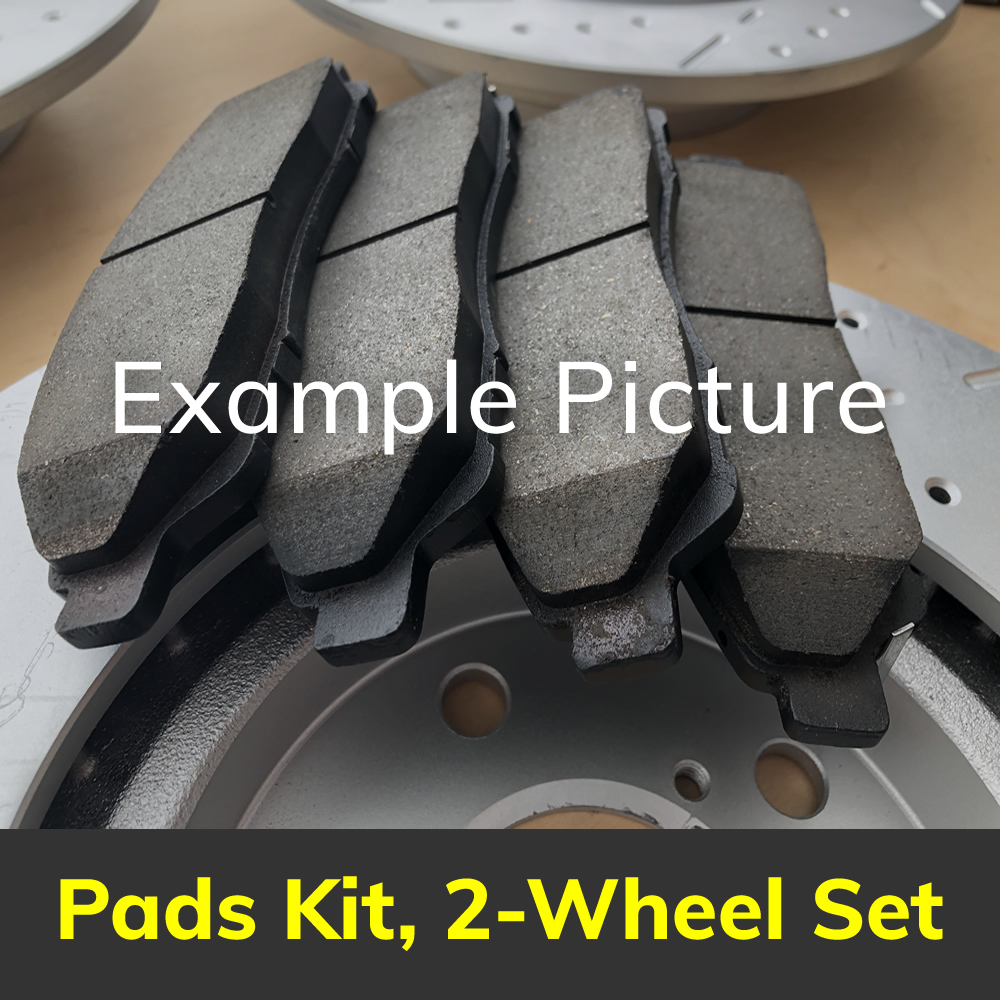
Part No: PD1169C
Raybestos: 1169
OE:
Raybestos: 1169
OE:
$39.98 each
Per Car QTY: 1
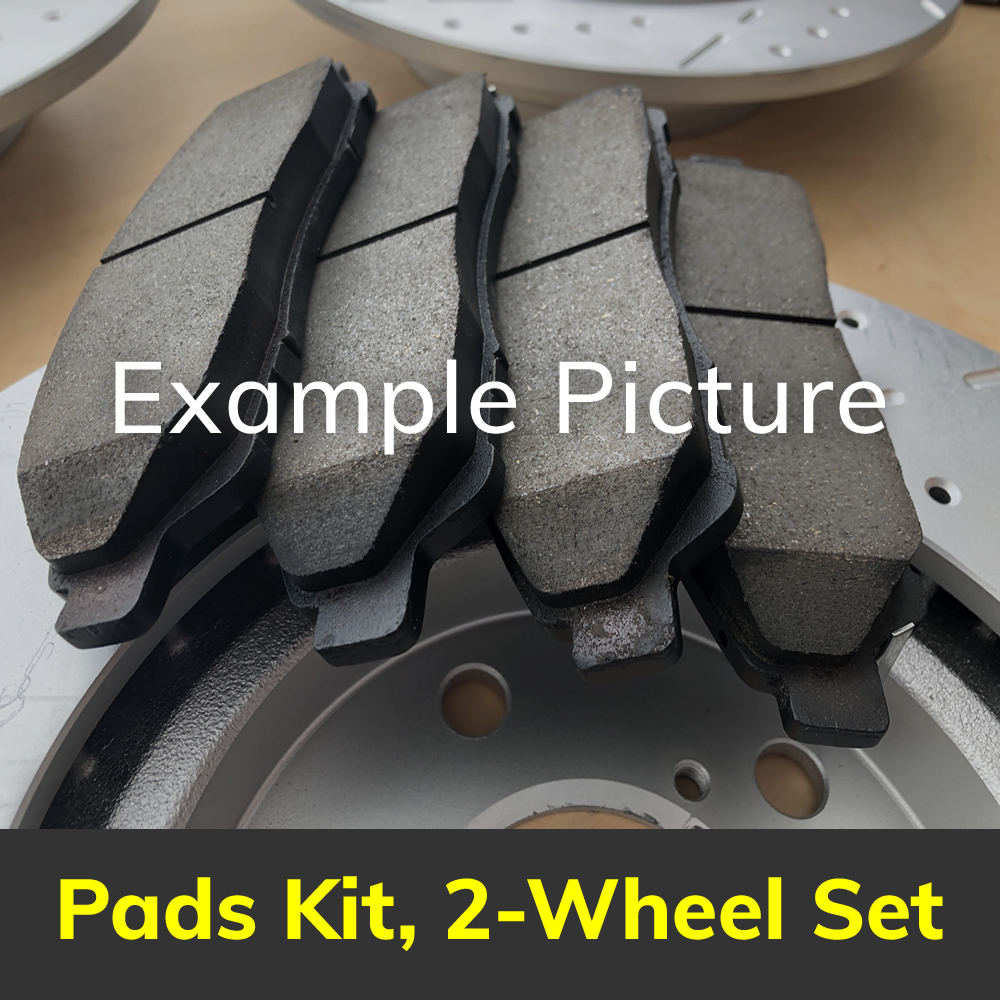
Part No: PD883C
Raybestos: 883
OE:
Raybestos: 883
OE:
$38.72 each
Per Car QTY: 1
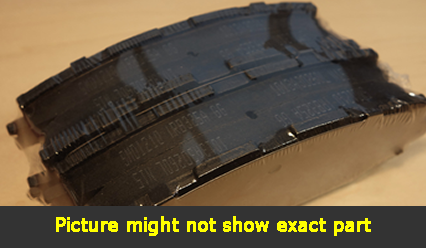
Part No: SMD1169
Raybestos:
OE:
Raybestos:
OE:
$28.01 each
Per Car QTY: 1
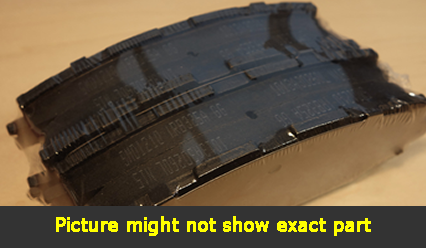
Part No: SMD883
Raybestos:
OE:
Raybestos:
OE:
$22.09 each
Per Car QTY: 1
Brakes are an essential part of any vehicle's safety system, and this holds true for the 2009 Chevrolet Traverse as well. Designed to provide effective stopping power and ensure driver control, the brakes in the Traverse are a key component in its overall performance on the road.
The braking system in the 2009 Chevrolet Traverse consists of several components that work together to bring the vehicle to a halt safely and efficiently. The primary components include the brake pads, brake rotors, brake calipers, and the brake lines.
The brake pads are made of a friction material that is designed to provide maximum contact with the brake rotors. When the brake pedal is pressed, hydraulic pressure is applied, causing the brake pads to squeeze against the rotors, creating the friction necessary to slow down or stop the vehicle.
The brake rotors are durable, heat-resistant discs that are mounted to the wheels. When the brake pads clamp onto the rotors, the resulting friction generates heat. The rotors are specifically designed to dissipate this heat quickly and efficiently, ensuring consistent braking performance.
The brake calipers house the brake pads and are responsible for applying the necessary pressure to stop the vehicle. They contain pistons that push the brake pads against the rotors when the brake pedal is pressed. It is important to regularly maintain and inspect the brake calipers to ensure they are functioning properly and that the brake pads are wearing evenly.
The brake lines are the conduit through which the hydraulic fluid flows, transmitting the force exerted by the driver's foot to the brake calipers. It is crucial to check the brake lines for any signs of leakage or damage and replace them if necessary.
To ensure optimal braking performance, it is essential to have your brakes regularly inspected and maintained by a qualified technician. They have the knowledge and expertise to diagnose any potential issues and make necessary repairs or replacements.
When it comes to brake-related maintenance, it is crucial to replace the brake pads periodically. The lifespan of brake pads can vary based on driving conditions, but a general rule of thumb is to replace them every 30,000 to 70,000 miles. Also, having the brake rotors resurfaced or replaced when necessary is equally important to avoid any brake pulsation or uneven braking.
Furthermore, maintaining proper brake fluid levels and flushing the brake system every couple of years will ensure the hydraulic system remains free from contaminants and operates at its best.
In conclusion, the brakes of the 2009 Chevrolet Traverse are a vital safety feature that deserves regular attention and maintenance. Properly functioning brakes provide peace of mind and contribute to a safe driving experience. Remember to stay on top of routine maintenance, inspect your brake components regularly, and consult with a professional technician whenever necessary to keep your Traverse's brakes operating at their optimal level.
The braking system in the 2009 Chevrolet Traverse consists of several components that work together to bring the vehicle to a halt safely and efficiently. The primary components include the brake pads, brake rotors, brake calipers, and the brake lines.
The brake pads are made of a friction material that is designed to provide maximum contact with the brake rotors. When the brake pedal is pressed, hydraulic pressure is applied, causing the brake pads to squeeze against the rotors, creating the friction necessary to slow down or stop the vehicle.
The brake rotors are durable, heat-resistant discs that are mounted to the wheels. When the brake pads clamp onto the rotors, the resulting friction generates heat. The rotors are specifically designed to dissipate this heat quickly and efficiently, ensuring consistent braking performance.
The brake calipers house the brake pads and are responsible for applying the necessary pressure to stop the vehicle. They contain pistons that push the brake pads against the rotors when the brake pedal is pressed. It is important to regularly maintain and inspect the brake calipers to ensure they are functioning properly and that the brake pads are wearing evenly.
The brake lines are the conduit through which the hydraulic fluid flows, transmitting the force exerted by the driver's foot to the brake calipers. It is crucial to check the brake lines for any signs of leakage or damage and replace them if necessary.
To ensure optimal braking performance, it is essential to have your brakes regularly inspected and maintained by a qualified technician. They have the knowledge and expertise to diagnose any potential issues and make necessary repairs or replacements.
When it comes to brake-related maintenance, it is crucial to replace the brake pads periodically. The lifespan of brake pads can vary based on driving conditions, but a general rule of thumb is to replace them every 30,000 to 70,000 miles. Also, having the brake rotors resurfaced or replaced when necessary is equally important to avoid any brake pulsation or uneven braking.
Furthermore, maintaining proper brake fluid levels and flushing the brake system every couple of years will ensure the hydraulic system remains free from contaminants and operates at its best.
In conclusion, the brakes of the 2009 Chevrolet Traverse are a vital safety feature that deserves regular attention and maintenance. Properly functioning brakes provide peace of mind and contribute to a safe driving experience. Remember to stay on top of routine maintenance, inspect your brake components regularly, and consult with a professional technician whenever necessary to keep your Traverse's brakes operating at their optimal level.


